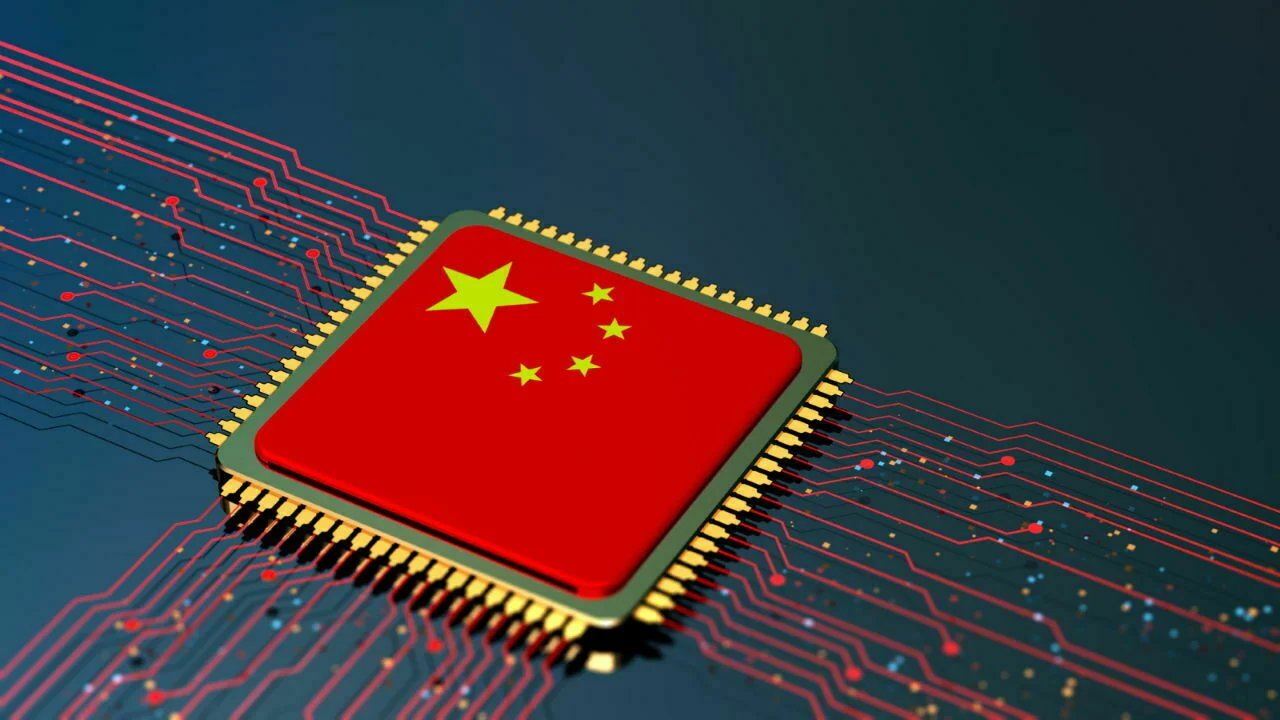The US has withdrawn the export restrictions on chip design software it had imposed on China. The decision, which entered into force on May 29, 2025 during the Trump administration and required a special license for the export of electronic design automation (EDA) software to China, was lifted by the US Department of Commerce. This step came after the trade agreement signed between the two countries last month.
The US is lifting chip software restrictions on China
EDA software is at the core of the design processes of chip manufacturers such as Nvidia, Intel and AMD. Without this software, high-performance processors, artificial intelligence chips or data center solutions cannot be developed. Based on the official letter it received, US-based EDA giant Synopsys announced that the export license requirement has ended and that they have resumed supplying products to customers in China.

Synopsys shared the content of the official document sent by the Bureau of Industry and Security (BIS) of the US Department of Commerce. The document stated that the restrictions were no longer in effect and that the decision was effective immediately. Cadence, another major EDA manufacturer affected by the restriction decision, has not yet made a public statement.
The restrictions were put into effect as part of the ongoing technology-focused trade negotiations between the US and China. The license requirement introduced in May was used as a bargaining tool against Beijing. However, this step was withdrawn after the trade agreement recently announced by President Donald Trump and Commerce Secretary Lutnick.
This decision by the US affects not only the trade balance but also the geopolitical dynamics in technology competition. Since EDA software forms the strategically important chip design infrastructure, export policies in this area have a direct impact on global technology balances. The removal of the restrictions is a critical development, especially for US-based companies that sell billions of dollars worth of products to the Chinese market.
This decision is seen as a sign of a significant softening in US-China relations, which have been tense in the field of technology for a long time.













